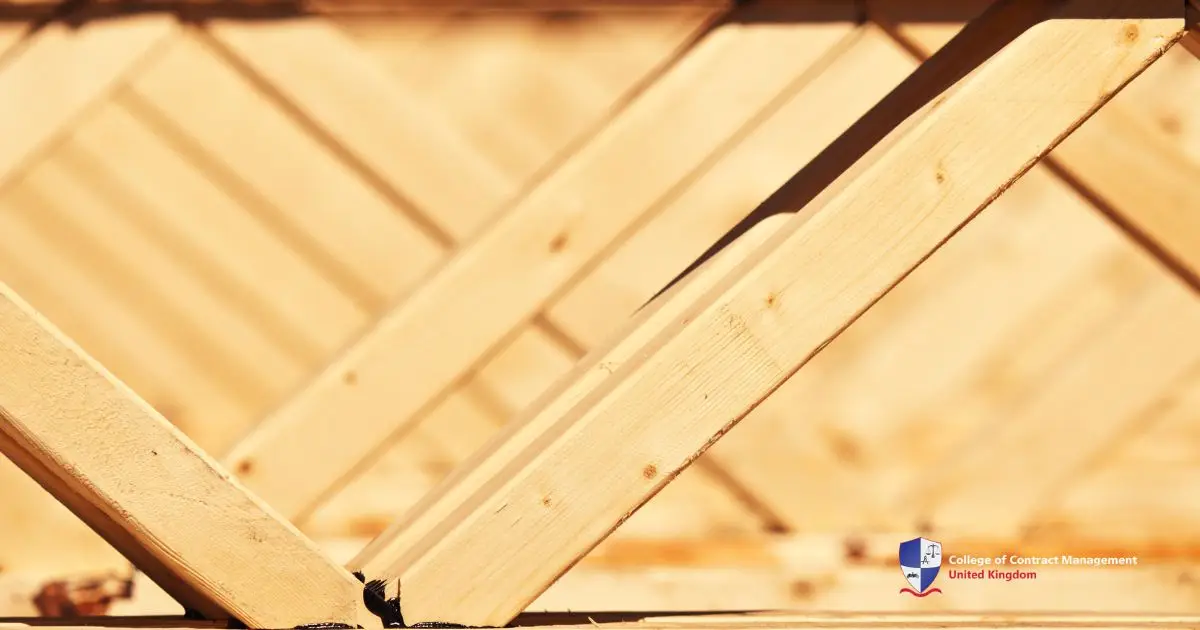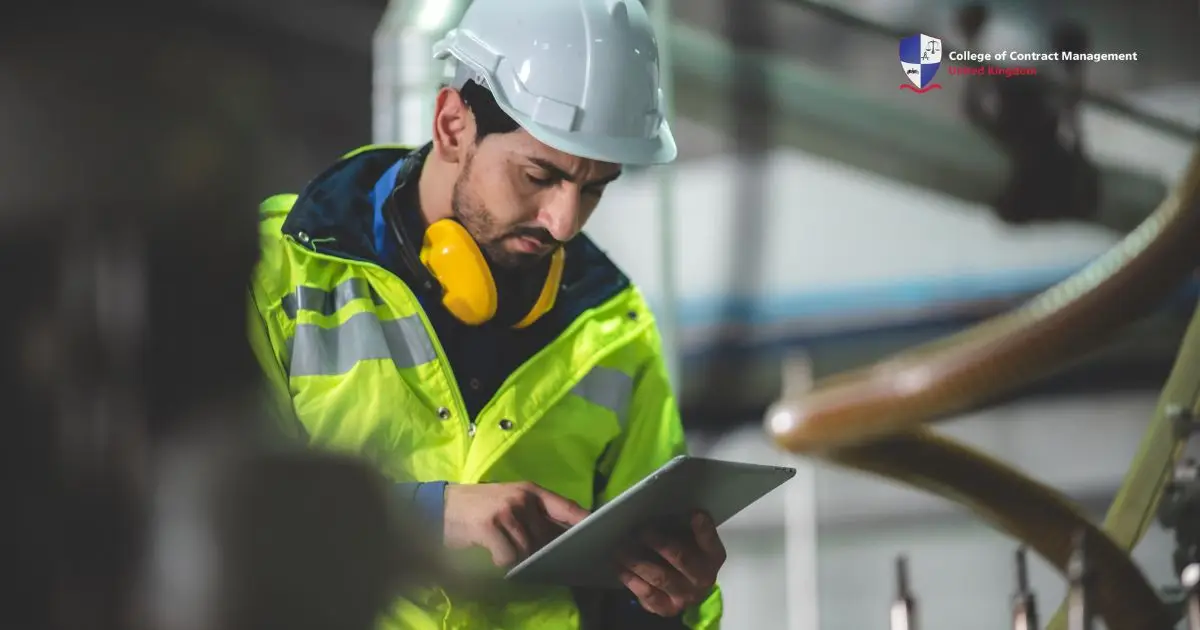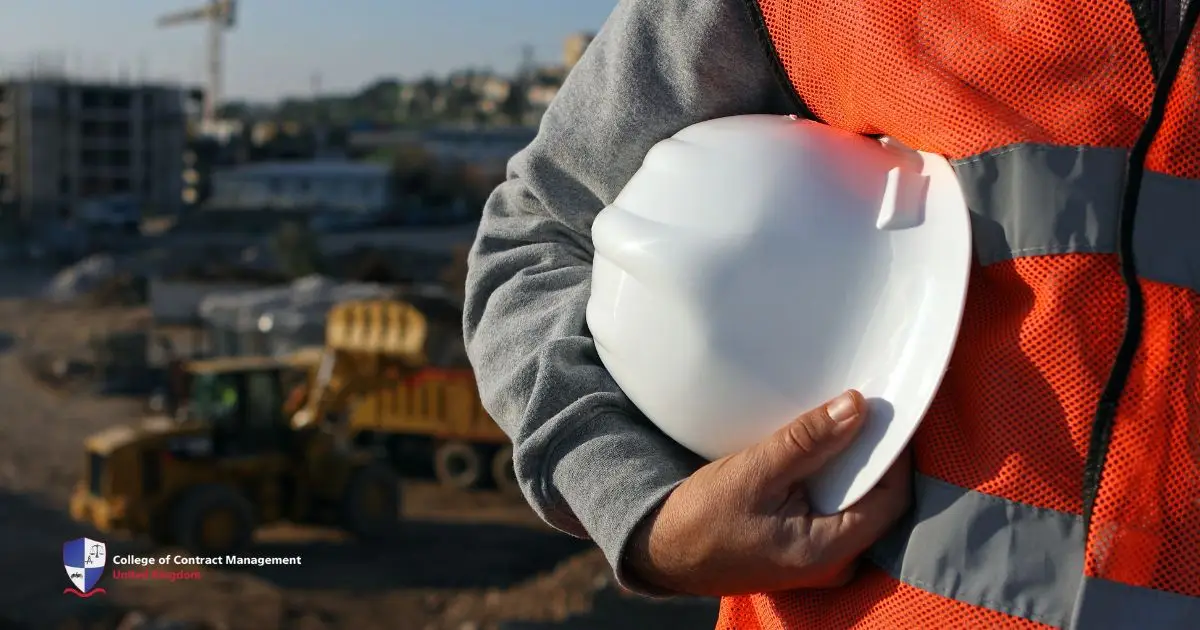When working in construction, safety is the most important thing. This is especially true when you are installing floor joists. Falls can happen unexpectedly, and they can cause serious accidents and injuries. Therefore, it is crucial for workers to know how to stay safe. This article will discuss everything you need to know about safe installations.
What are floor joists?
Floor joists are a frame-like structure that's placed in an open space of a house. They provide support and stability that ensures a proper transfer of weight or load. Furthermore, floor joists are usually found in homes that have a space below the main floor (such as basements or crawl spaces). These can be used in construction and buildings, including:
- Balconies and attics
- Decks
- Basements
- Residential homes
- Garages
Installing floor joists means that workers are involved in physical activity that can put them at risk. Some of these include: climbing ladders, lifting heavy equipment, and going into small spaces. Moreover, these actions put employees at risk for strains, muscle pain, and injuries. Due to its complicated nature, a good foundation on safety protocols and the risks of working on-site must be taught. Workers who are adequately trained will lessen accidents overall.
What are the risks of installing Floor Joists?
Falls are a major risk. People who work in construction sites become prone to accidents every day. In fact, every job has risks, and installing floor joists is no different. You might fall through the frames, which can lead to serious injuries. Also, workers can get hurt if heavy equipment or materials fall on them.
Furthermore, workers may be exposed to hazardous materials such as dust, mould, or chemicals. These can cause severe health conditions involving the lungs and other body systems. Muscle disease is also a risk due to carrying and transporting heavy equipment. With this, if workers don’t get themselves checked immediately, it may lead to more complications.
Knowledge and Skills you should have when installing Floor Joists
Handling floor joists is a challenging task. Many experienced workers still have accidents while doing the job. You must have the right skills and knowledge to do the job well. Skills are important in construction because they help you move around safely and efficiently. Here are some critical characteristics you should have:
Knowing how to communicate with your coworkers
Proper communication with coworkers during the installation of floor joists ensures that everyone is on the same page. This helps coordinate tasks, which would contribute to the teams' efficiency. Moreover, strong communication between employees boosts a positive environment and morale, leading to a more successful project.
- Read and understand what the job requires.
- Talk clearly with your coworkers.
- Share helpful information with your team.
- Listen to suggestions from others.
- Write down important information correctly.
- Make plans and draw outlines.
- Report any mistakes you make.
- Understand hand signals and facial expressions.
Being good with numbers And calculations
Numbers and calculations are used when installing floor joints. Accurate measurements show the spacing and length of the floor joists. This would ensure a proper fit that can support different weights and loads. Also, calculating the correct spacing between joists helps with weight distribution. Overall, these assure workplace safety.
- Know how to do basic math and calculations.
- Take accurate measurements.
Having great organisation skills
An organised worker can help enhance productivity among the members and reduce overall stress. Additionally, it adds clarity to how employees can approach the project. In turn, this clarity leads to better time management, prioritisation of tasks, and a better sense of control. Ultimately, this helps balance the stress and leads to a less chaotic environment.
- Set up meetings to improve outcomes.
- Plan for future tasks.
- Group workers for different jobs.
- Keep files and spreadsheets in order.
- Hold meetings to make sure the work quality stays consistent when installing floor joists.
Additional background knowledge
Due to emerging trends in the job industry, having the initiative to acquire knowledge is crucial. Being in construction means being exposed to new trends here and there because of the technology and equipment. Moreover, employers value workers who are proactive and want to learn more so that they can further improve in the field.
- Standard terms used in construction.
- Techniques for installing floors.
- Different types of floors.
- How to install flooring correctly.
- Materials you will use for installations.
- Safety requirements for your workplace.
- Material Safety Data Sheets (MSDS).
- Types of equipment needed.
- Basic formulae for calculations.
- How to frame floors with floor joists.
- Ways to prevent termites.
- Job Safety Analysis (JSA).
What do you need to do before installing floor joists?
Before you start working, you need to check the site. Also, companies should look for risks and hazards in the area. Then, a plan should be made to help workers know where the most significant risks are. This helps reduce accidents at work. Additionally, fall protection equipment is vital. This equipment can help if a worker falls while installing floor joists. Therefore, employers should check the area to create systems that keep everyone safe.
Getting the right equipment
Companies must provide safe equipment according to OSHA standards. These are especially important in residential construction projects. Safety is crucial, especially when workers are installing floor joists at heights of 6 feet or more. Moreover, if workers and companies are not careful, many are at risk for accidents. Here are some examples of essential equipment:
1. A-Frame ladders
To begin, A-frame ladders are handy. They are shaped like the letter "A"; workers can carry these ladders anywhere on the job site. Before using an A-frame, you should check for any defects. Additionally, look for problems along the rails and steps. Also, you should check for any dents.
2. Platform ladders
Platform ladders are also necessary. They are self-supporting and have a hinged design for easy storage. These ladders offer more stability than A-frame ladders. Thus, workers feel more comfortable using this when installing floor joists. Overall, when using platform ladders, make sure to place them on level ground. If you cannot find level ground, do not attempt to use it.
Additionally, platform ladders offer a spacious workplace for construction sites and installing floor joists. With a higher platform, users have a reduced risk of getting injured. Platform ladders have handrails that help with balance and ensure additional safety. Moreover, non-slip surfaces also ensure that workers’ shoes are gripped well.
3. Guardrails and Scaffolds
Guardrails are essential for safety. They stop workers from going too close to dangerous areas on the job site. It helps prevent falls through walls or openings. When working on multi-storey projects, guardrails provide balance, too. Also, scaffolds are temporary platforms. Workers can move them from one place to another. Therefore, scaffolds support the weight of people and materials above the ground. They provide stability and can be adjusted to fit the worker's needs.
Discovering what is a Personal Fall Arrest System (PFAS)?
A Personal Fall Arrest System (PFAS) is a special type of equipment that prevents workers from falling. It is an organised system that focuses on sturdiness and safety while working. Employers should consider this as they are responsible for managing the team with minimal risks. Thus, they must provide PFAS when workers build structures at heights of 6 feet or more. Additionally, PFAS must be used if guardrails and other safety measures cannot protect the worker from falling. Therefore, to ensure safety when installing floor joists, you need to know the components of PFAS:
1. A stable anchor point
An anchor point is where the strong attachment goes. It is vital to choose good anchor points carefully. Also, select areas with strong structures like beams, rafters, or roof trusses. These should be able to hold at least 5,000 pounds. Additionally, you should avoid using weak areas like pipes or vents.
Using reliable anchor points establishes safety and prevents collapse during work. Also, this helps stabilise scaffolding and other vital structures on the field. A well-thought-of place for an anchor point distributes the worker’s weight evenly, ensuring they can balance and avoid injuries. Overall, invest in high-quality materials before going into the field to install floor joists.
2. Using a body harness
Next, a full-body harness is needed. This helps spread the weight evenly. Consequently, it reduces the chances of injury when a worker falls from a high place. A good harness has shoulder straps, thigh straps, and a D-ring. Additionally, make sure the D-rings are larger than the snap hooks. They should be placed in the centre of the worker’s upper back. This is very important for keeping workers safe while installing floor joists.
3. A retractable lifeline
A connecting device must be a shock-absorbing item. This device connects the harness to the anchor point. You may hear connectors called snap hooks, rope grabs, carabiners, or D-rings. More importantly, workers should never use connecting devices or lanyards that the management has not approved. Doing so may cause injuries and fall accidents.
Exploring Alternatives: Written Fall Protection Plans
On rare occasions, safety systems (such as guardrails or scaffolds) and PFAS cannot be installed. This can be due to many factors. If a company wants to continue building floor joists, there must be a written fall protection plan for that area. Therefore, the plan should be made by someone who knows much about the project.
This professional must have taken safety protocol training and obtained eligibility in this field. Also, proper documentation should explain why some areas are unsafe for fall protection or PFAS. Finally, workers assigned to these areas should be well-trained and educated. Employers should provide workshops and seminars to help workers feel confident while installing joists.
Additional Safety Tips for Installing Floor Joists
To make sure you stay safe while installing floor joists, here are some extra tips to remember:
- Always Wear Safety Gear: Firstly, it is essential to wear the right equipment, like helmets, gloves, and steel-toed boots. This way, you can protect yourself from falling objects and other dangers. Secondly, sharp objects can easily fall and hit you without you knowing. Overall, it’s better to always wear protective clothing and equipment.
- Check Your Tools And Keep The Work Area Clean: Before starting, make sure all your tools are in good working condition. If you find any problems, fix them or get new ones. A tidy work area can help prevent trips and falls. Make sure to clean up any clutter or debris.
- Stay Focused and Follow Instructions: Pay attention to what you are doing. If you get distracted, it might lead to accidents. More importantly, always follow the instructions for installing floor joists. If you are unsure about something, ask your supervisor for help. Keep an eye on what is happening around you. Overall, this will help you avoid accidents.
In conclusion, safety should always come first when installing floor joists. You can prevent accidents and injuries by having the right skills, knowledge, and equipment. Moreover, remember to communicate well with your team and always wear safety gear. With these steps, you can work confidently and safely in your construction job.
Enrol With Us!
Are you looking for an excellent education to help you with safety when installing floor joists? The College of Contract Management offers many courses. We give you high-quality education in your chosen field. By learning about safety, you can protect yourself and your teammates. Safety is not just about wearing gear; it is about knowing what to do and what to avoid. So, enrol with us today and start your journey toward becoming a safe and skilled worker!





